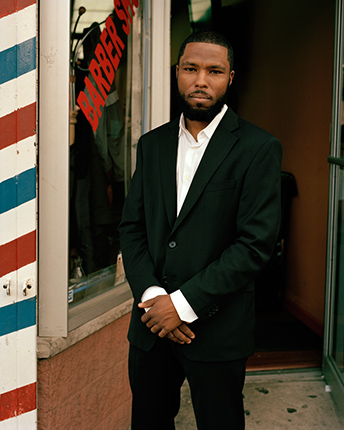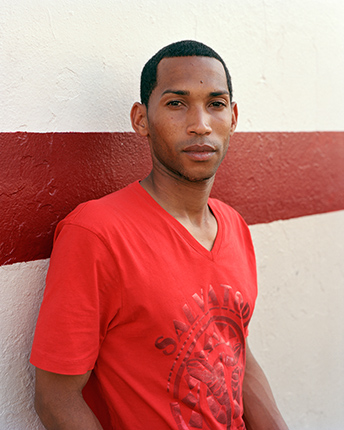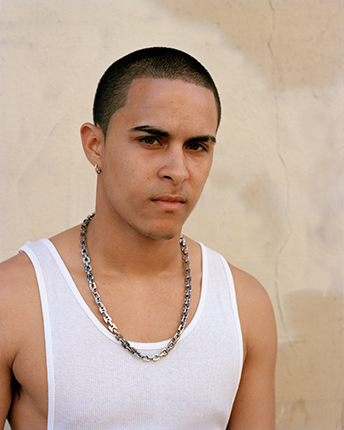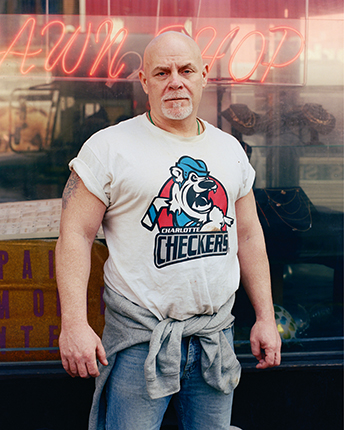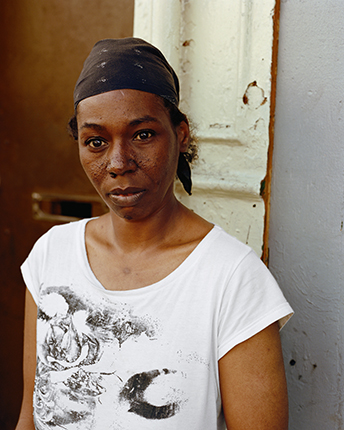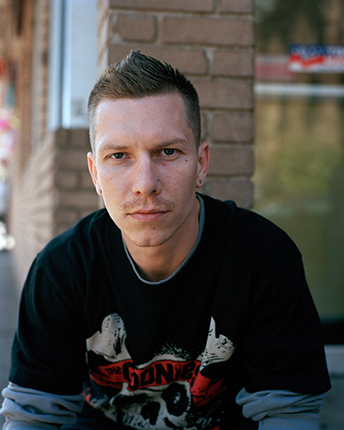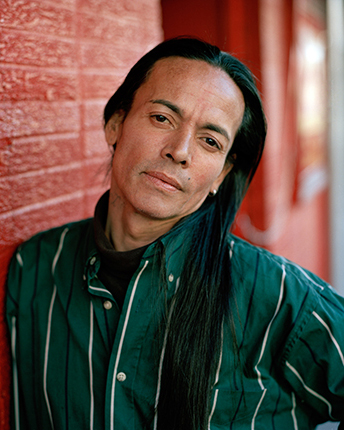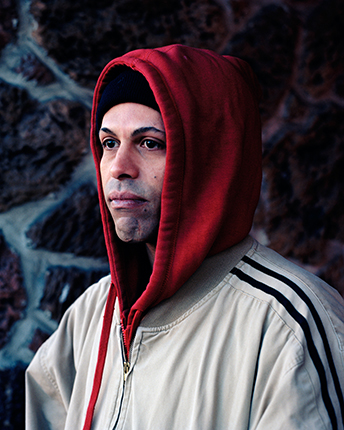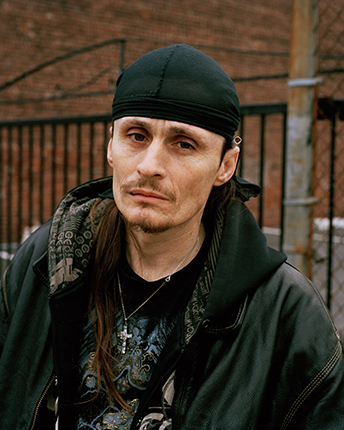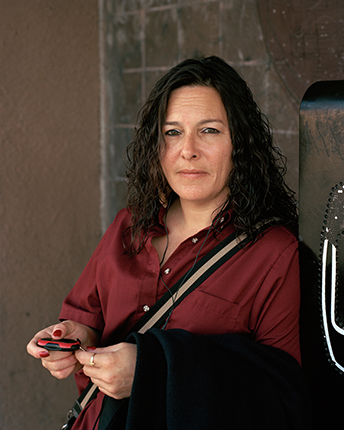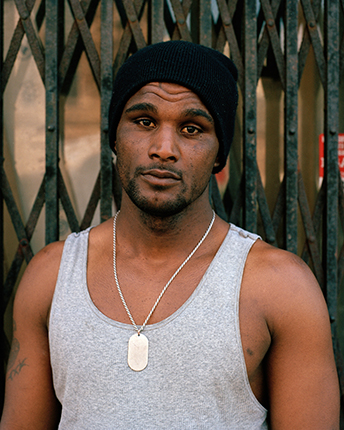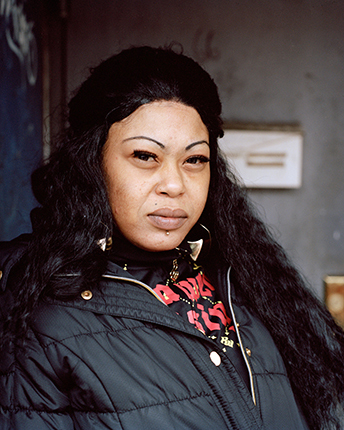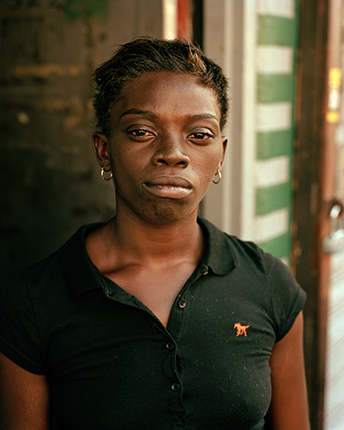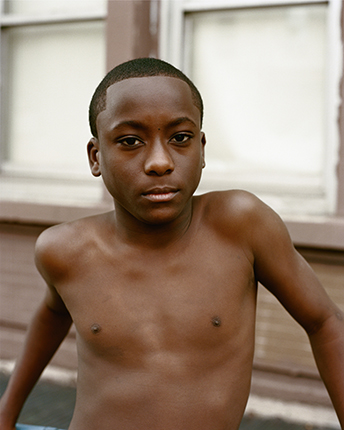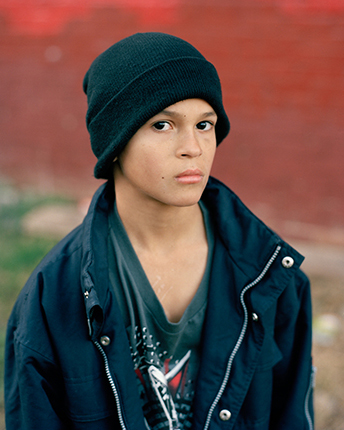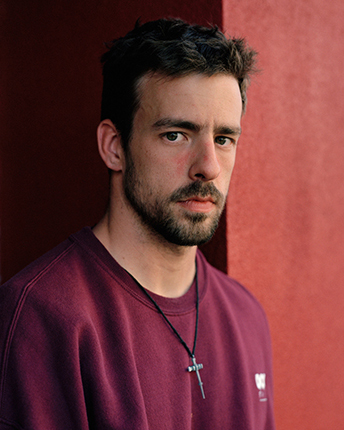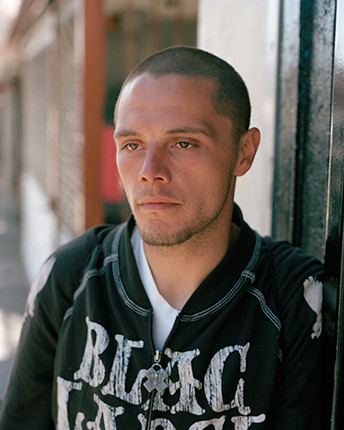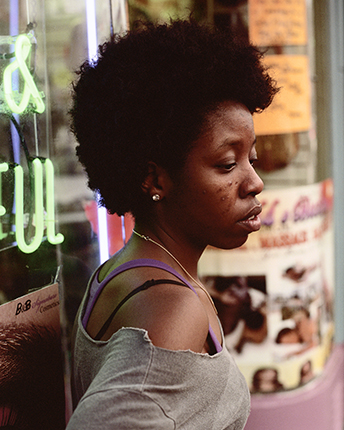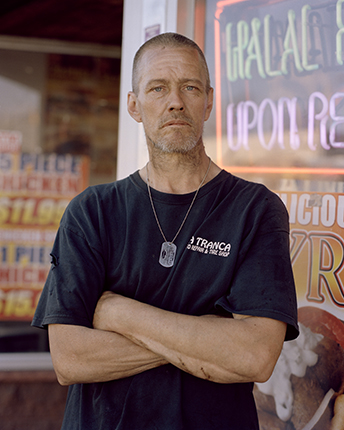Paterson (2009 – 2013) is a documentary series of street portraits depicting residents of Paterson, New Jersey during the years following the economic crisis in 2008. Paterson is a historic city near the Great Falls of the Passaic River, once prosperous from its mills and silk manufacturing industry. Founded in 1791 by Alexander Hamilton and others, it was envisioned as the nation’s first planned industrial city. Paterson offered jobs and opportunity to an immigrant labor force in the 19th and early 20th centuries and was a stop on the Underground Railroad. The city is the setting of novels by John Updike and Junot Diaz, and has inspired poetry by William Carlos Williams and Allen Ginsberg, as well as architectural photography by George Tice. Paterson, the third largest city in New Jersey, began to decline economically during the 1960s and 70s, and has continued to face high rates of unemployment since the recession. Downtown Paterson is lined with dollar stores, barbershops, beauty salons, bakeries, bars, churches, temples, and clinics for addicts in recovery. While its downtown streets are bustling, these streets are also a place of visible struggle and desperation.
The portraits focus on the self-expression of working-class and economically marginalized Americans of the diverse racial and ethnic groups comprising Paterson’s population. Shot in natural light on the streets with a medium-format camera, each image explores the psychology of an individual who reveals him or herself willingly to the camera’s gaze. The minimal backgrounds suggest the urban environments these subjects occupy; however, these straightforward, realist, and classically composed photographs concentrate on faces and the depth of human experience that is spoken through them. These portraits of the residents of Paterson contribute to a contemporary dialogue about the current economic reality and the experiences of Americans who exist on our ever-widening margins.

